How to Fix Brightness Slider Missing on Windows?
The missing brightness slider in Windows stops you from adjusting the screen brightness through settings or the action center. This usually happens because of old or incompatible display drivers. Other causes include disabled monitor devices in Device Manager or conflicts with third-party apps.

In this article, we will discuss different solutions to solve this error.
1. Enable a Device in Device Manager
The brightness slider might disappear if the display device is turned off in Device Manager. Turning it back on lets Windows control display settings again and restores the slider.
- Open Device Manager by typing it in the Start menu or use Windows Key + R, type “devmgmt.msc,” and click OK.

- Expand Monitors, right-click the device, and select Enable device if available.

- If enabled, choose Properties, go to the Driver tab, and check the Driver Provider. If not Microsoft, click Uninstall and confirm.
- In Device Manager, click Action and select Scan for hardware changes to reinstall drivers automatically.
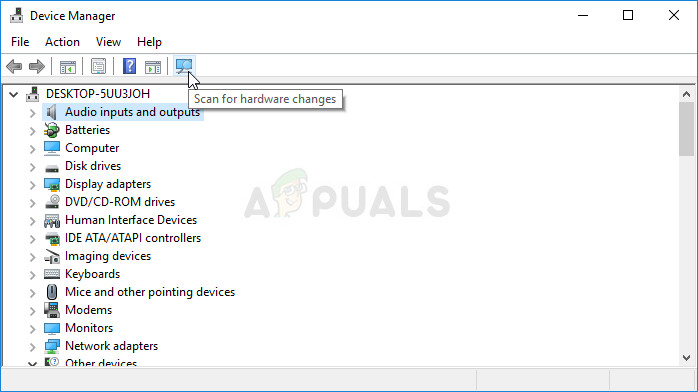
- Confirm prompts and check if the brightness slider is restored in Windows 10.
2. Update Your Graphics Card Driver
Outdated graphics drivers can break the link between Windows and the display, making the brightness slider disappear. Updating the graphics driver fixes this, letting Windows manage display settings and bring back the brightness slider.
- Open Device Manager by typing it in the Start menu or use Windows Key + R, type “devmgmt.msc,” and click OK.

- Expand Display adapters, right-click your graphics card, and select Uninstall Device.
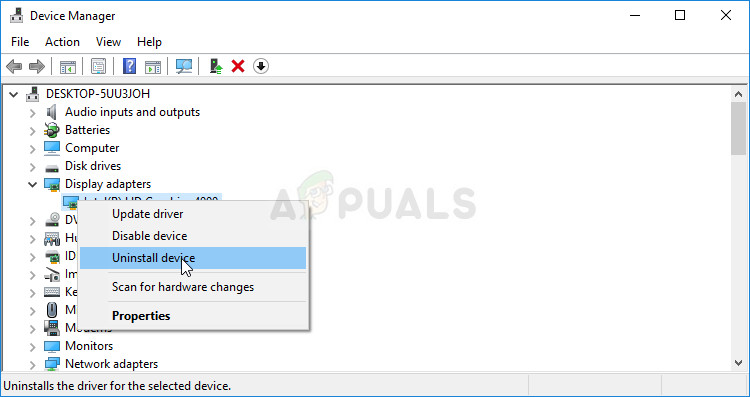
- Confirm any prompts and wait for the uninstallation to finish.
- Find your graphics card driver on NVIDIA’s or AMD’s website. Enter the required info and click Search or Submit.
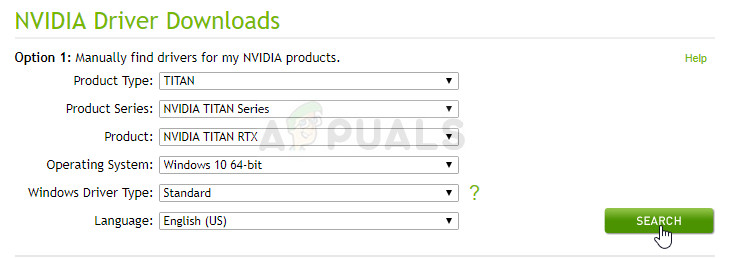
- Scroll to find the correct driver, click its name, then Download. Open it and follow on-screen instructions.
- At Installation Options, select Custom (Advanced), click Next, check Perform a clean installation, and install the driver.
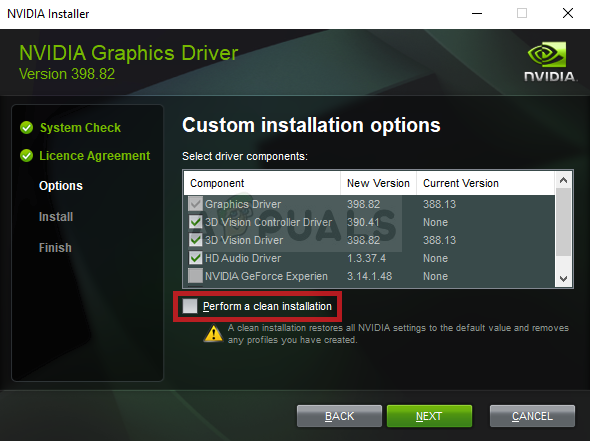
- Check if the brightness slider is restored.
3. Return the Brightness Setting to Quick Actions
Adding the brightness control back to Quick Actions lets you easily find it in the Action Center. This often fixes problems where the slider is hidden because of small interface errors or display driver settings. It ensures easy access without digging into system settings, making it simple to adjust brightness.
- Open Settings through the Start menu by searching for it, clicking the cog button, or using Windows Key + I.
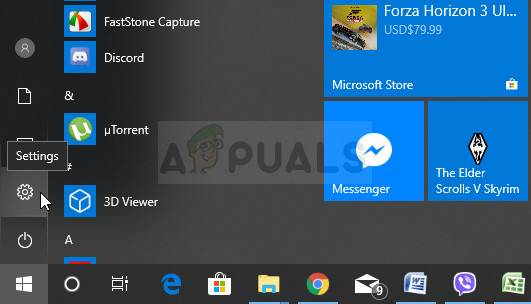
- Go to the System section and select Notifications & actions. Look under Quick actions.
- Click Add or remove quick actions, find brightness, and set its slider to On.
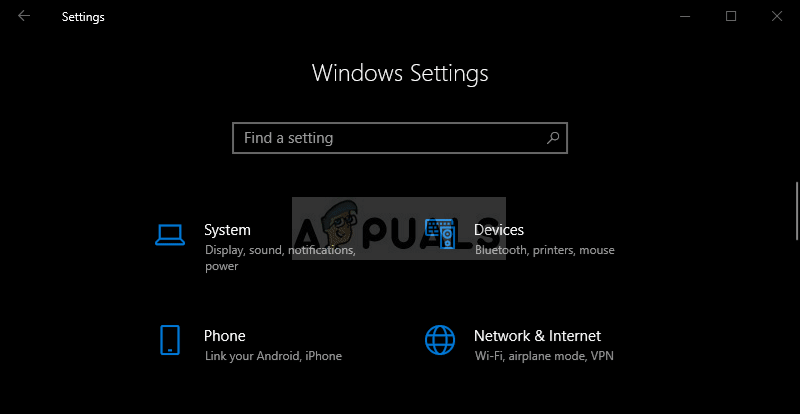
- Check if the brightness slider is back.
4. Update Windows to the Latest Version
Updating Windows makes sure it works well with new drivers and features, which can fix missing brightness controls. These updates often include solutions for display problems and improve system settings, helping to fix software bugs or conflicts.
- Press Windows Key + I to open Settings, or search for “Settings” using the taskbar search.

- Go to “Update & security” in Settings. In Windows Update, click Check for updates under Update status.
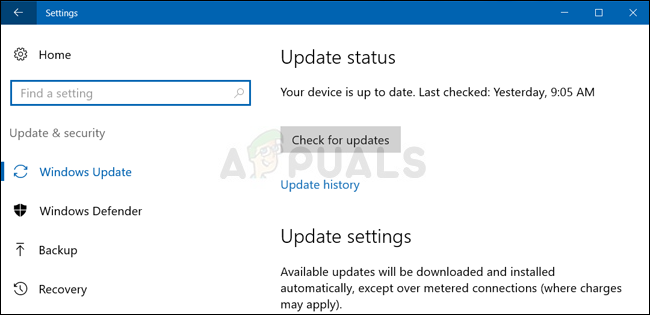
- If an update is available, Windows will install it, and prompt you to restart your computer.
Note: If you have experienced this issue after updating your BIOS or making changes to the BIOS, it is recommended to reset your BIOS to factory defaults.





